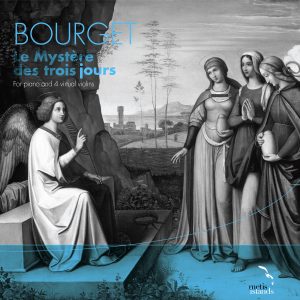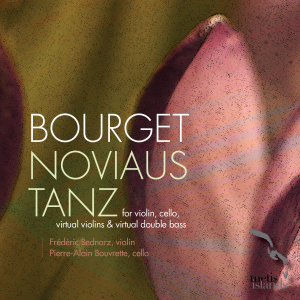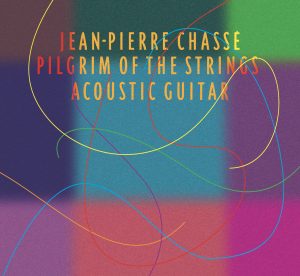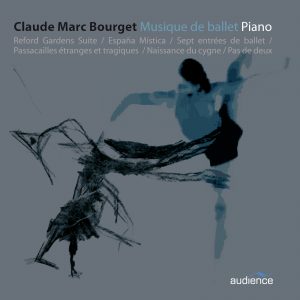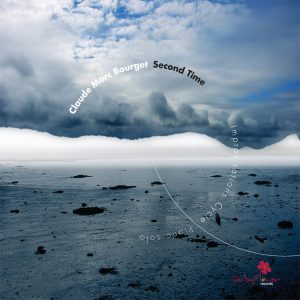« Un moment de grâce »
«Six chansons qui demandent à être découvertes… avec mille et une tendresses». «Les amants de l’ombre, un disque sur lequel on retrouve six chansons qui demandent une attention, un moment de grâce lors de l’écoute. » Raymond Desmarteau, Radio-Canada International
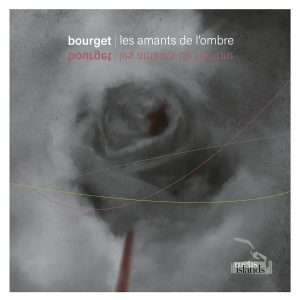
![]()
Voir article complet sur Radio-Canada International.
 Audio : Écoutez l’entretien de Bourget
Audio : Écoutez l’entretien de Bourget
avec Raymond Desmarteau sur l’album Les Amants de l’ombre.
Écoutez l’album. Disponibles sur toutes plates-formes numériques en tous pays,
Livret